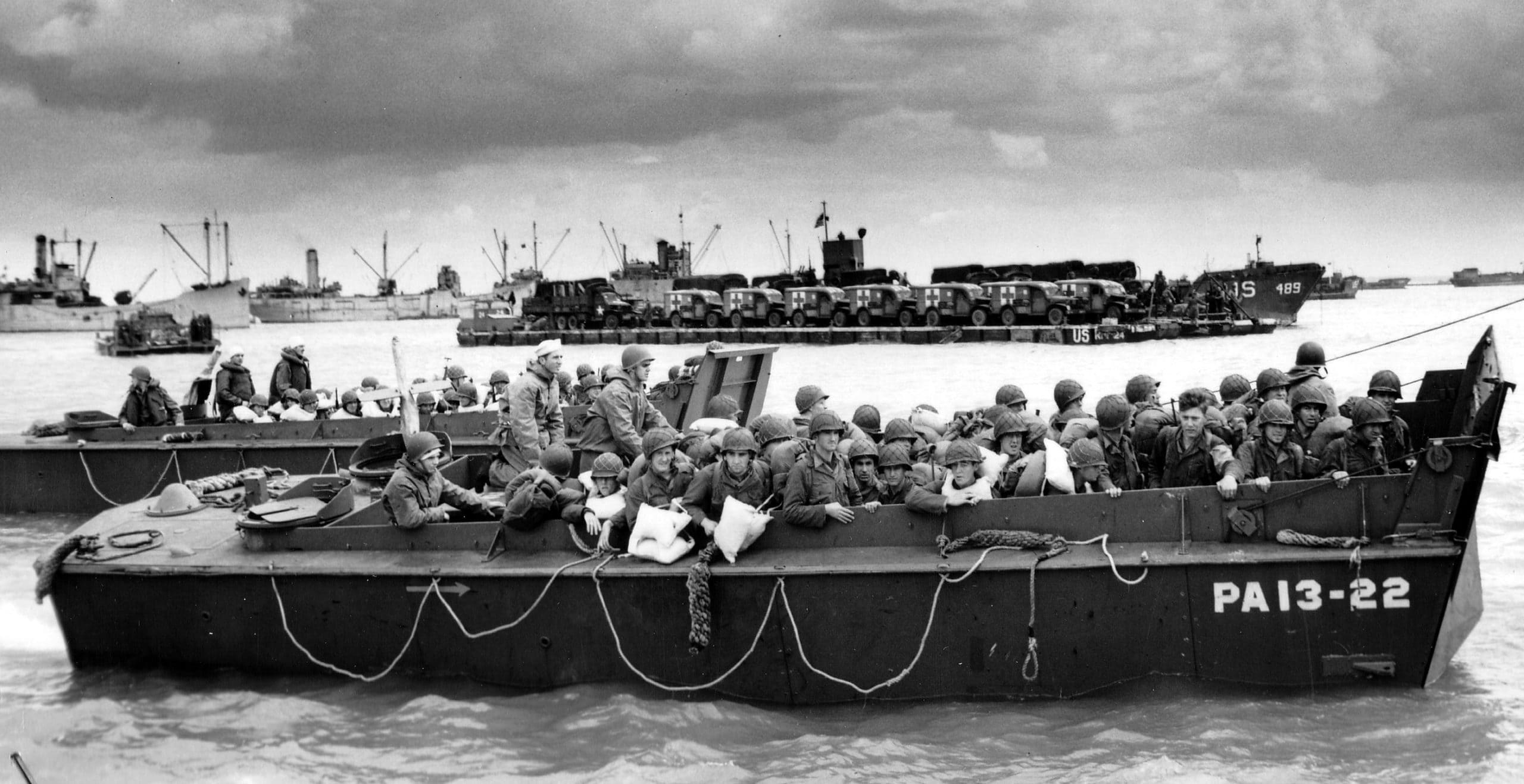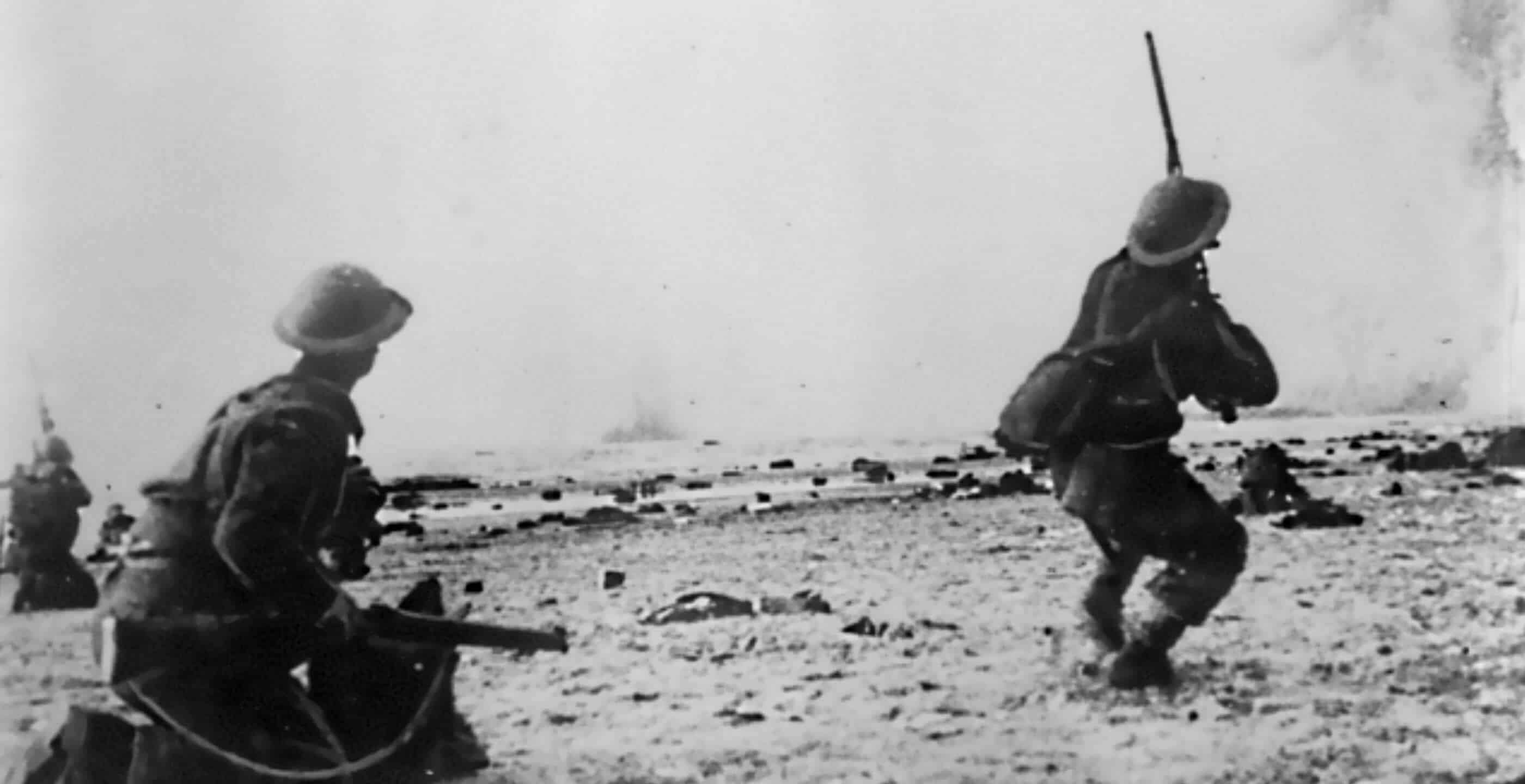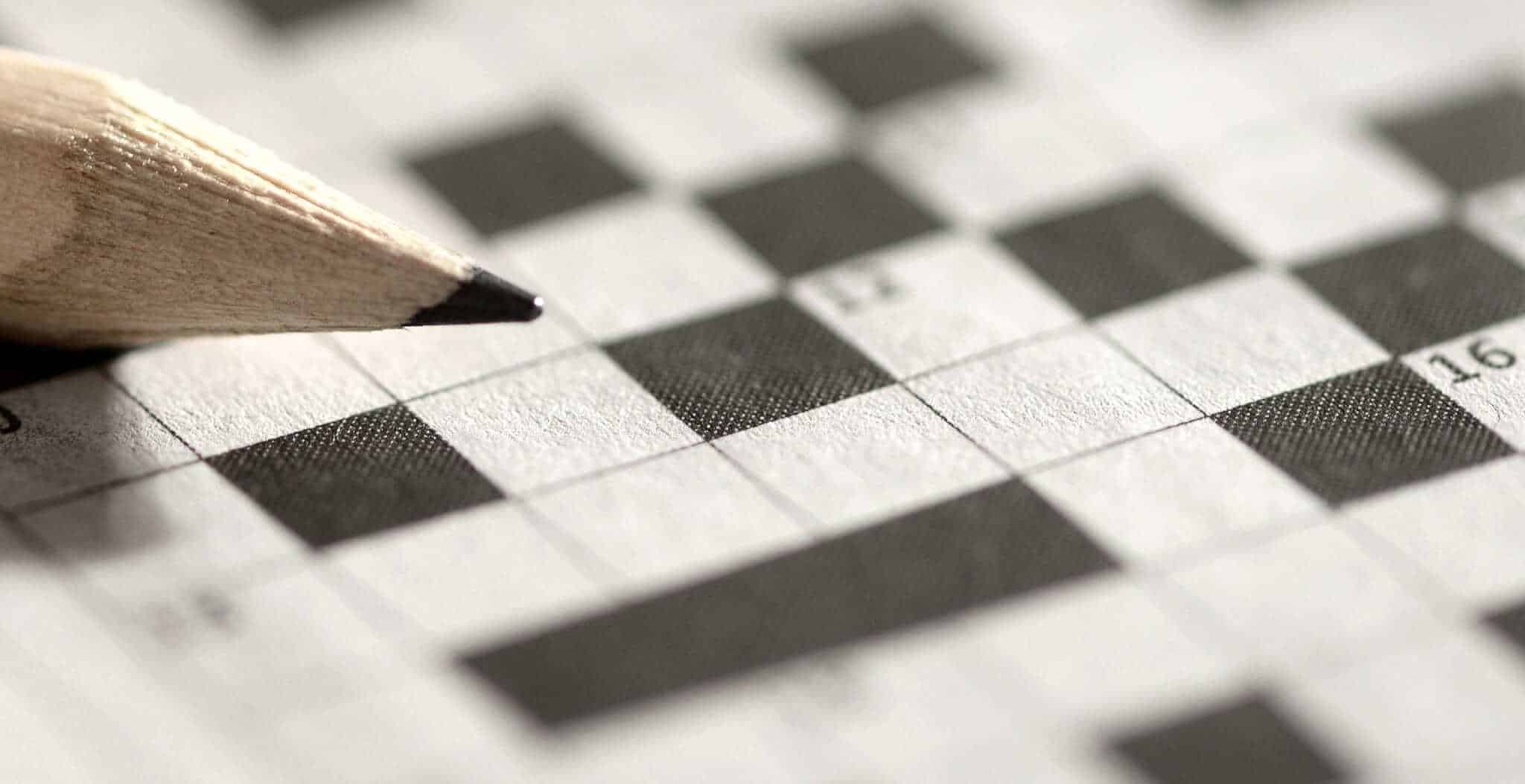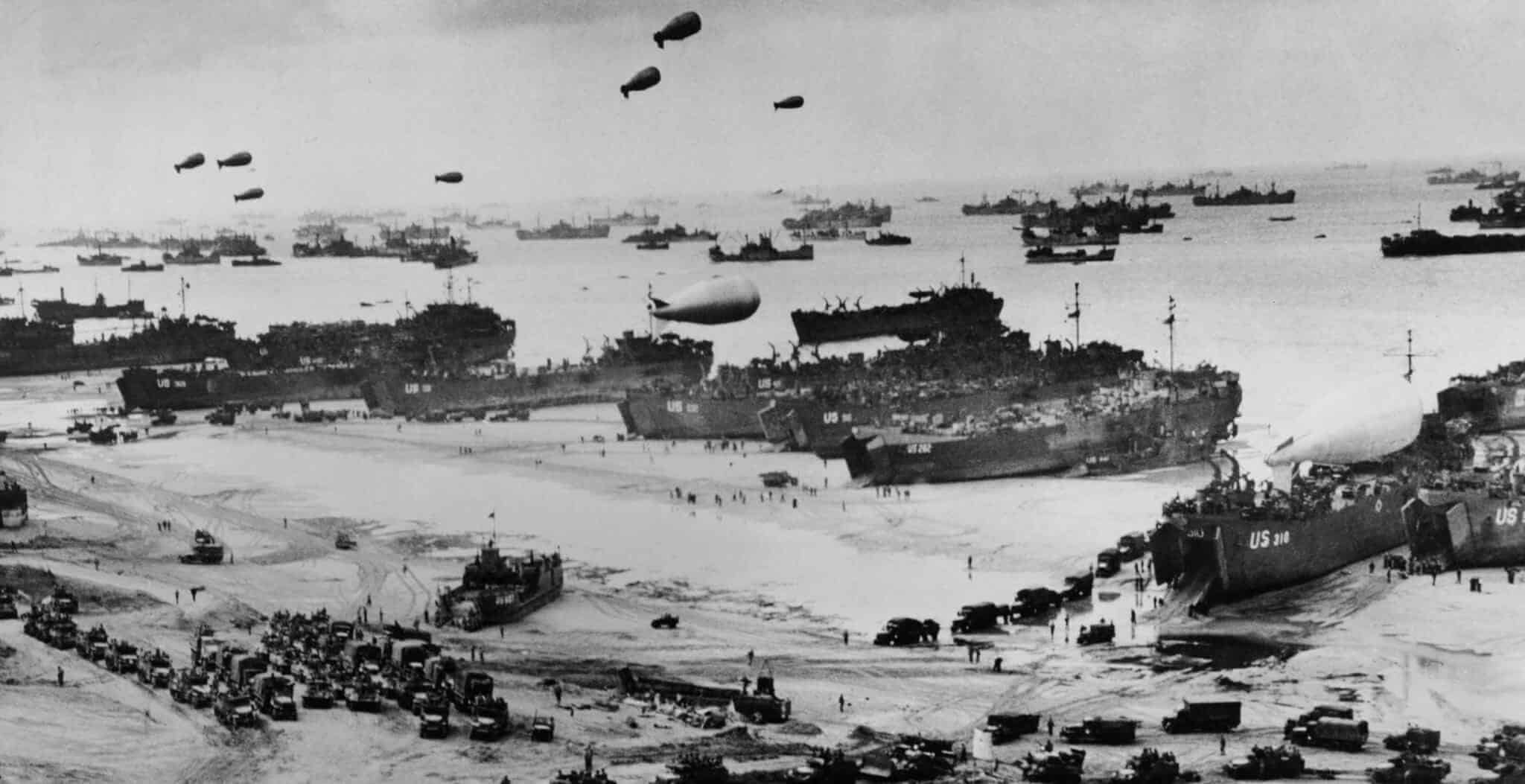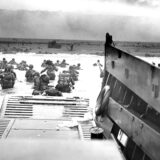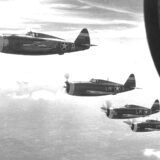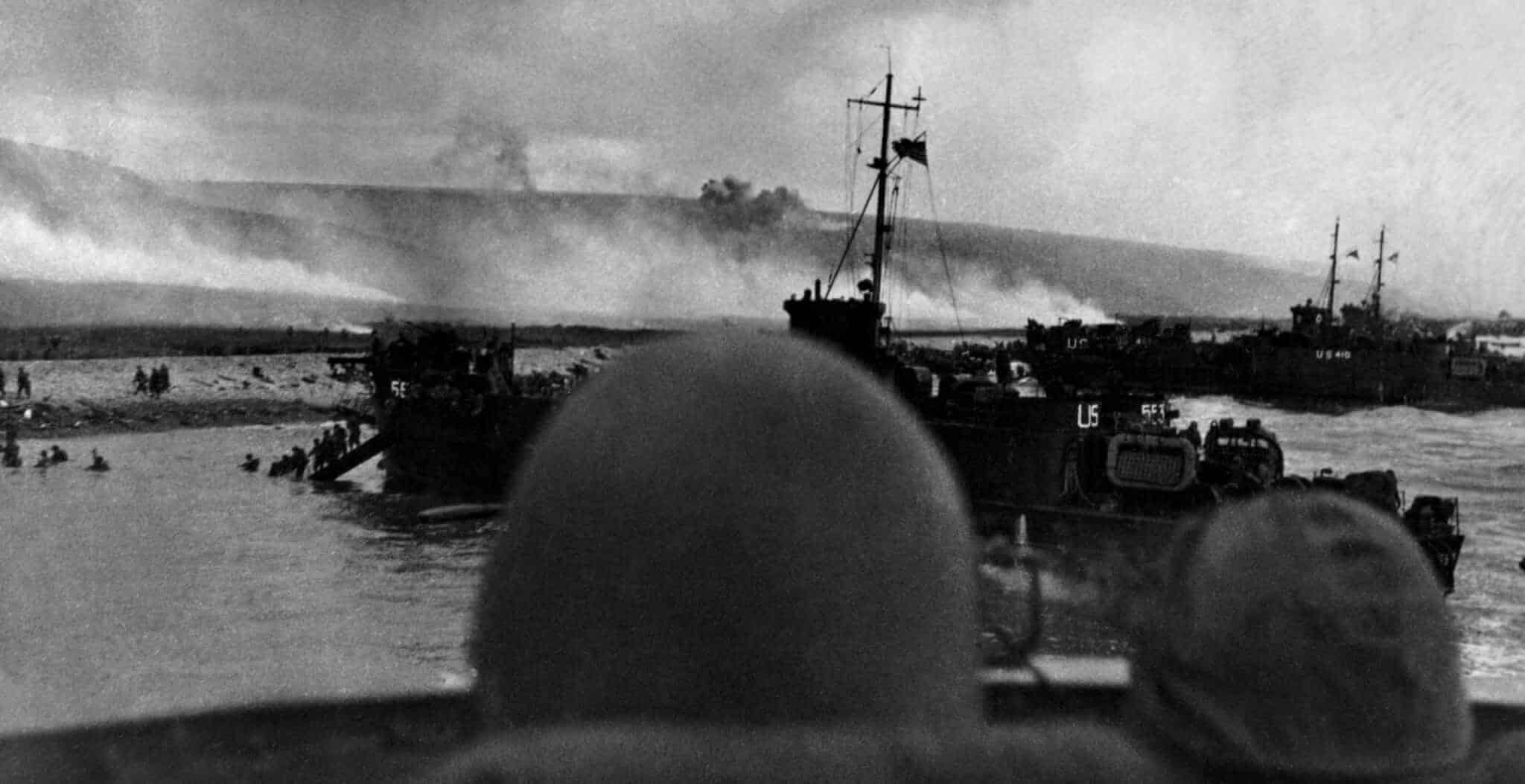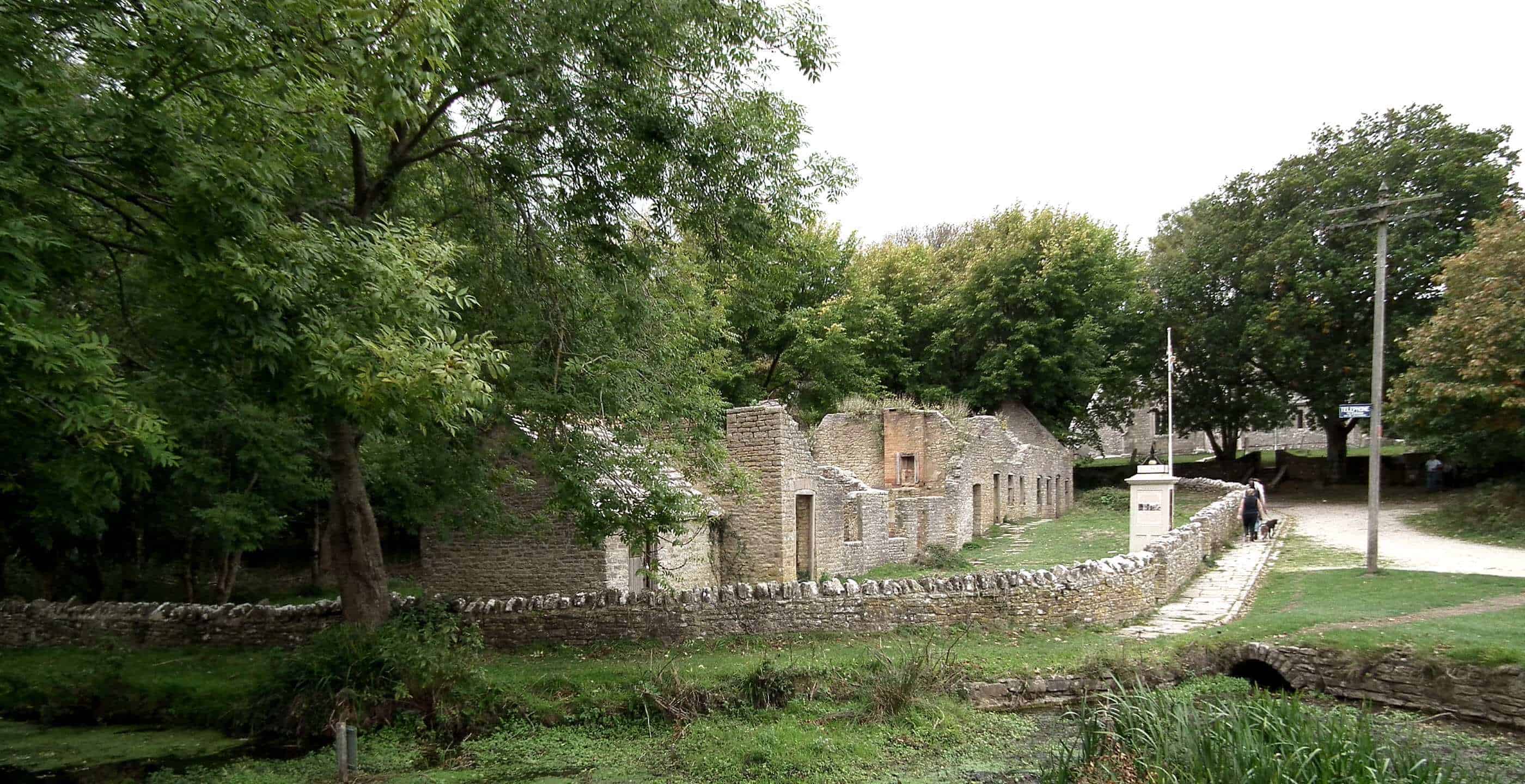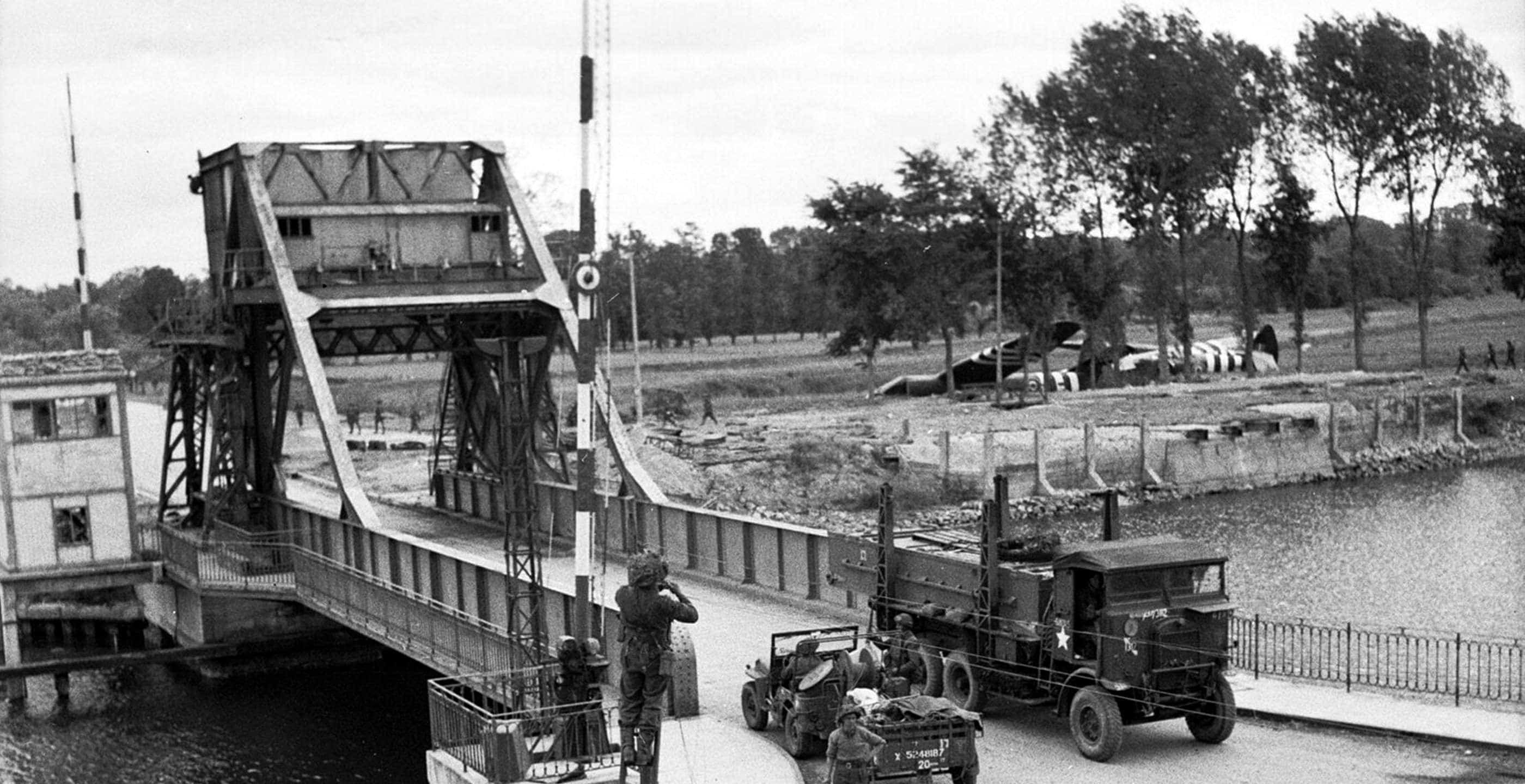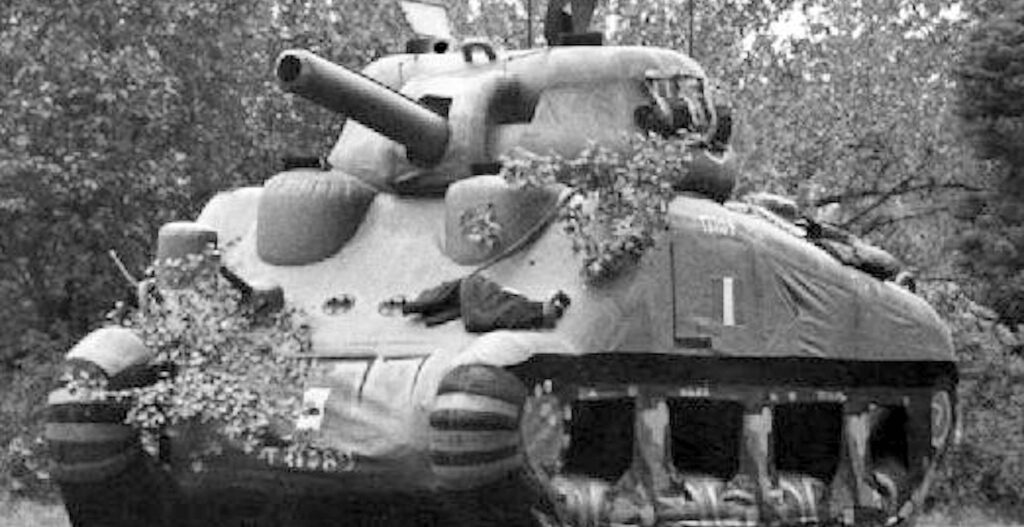An architectural marvel and bastion of medieval England, Dover Castle sits proudly atop the famous White Cliffs of Dover, however its medieval history is only part of the story, as during the Second World War it played host to a number of important operations that helped secure victory for the Allied forces.
Underneath the imposing castle lies a myriad of tunnels that were occupied by some key figures in the war, essentially becoming a control room where the brightest minds got to work on massive logistical projects, espionage operations and tactical discussions.
One of the most significant and famous plans which came together in these clandestine tunnels was Operation Dynamo, perhaps better knock as the Dunkirk evacuation which famously orchestrated one of the most complex naval operations in an attempt to evacuate and save as many soldiers as possible and bring them back to safety.
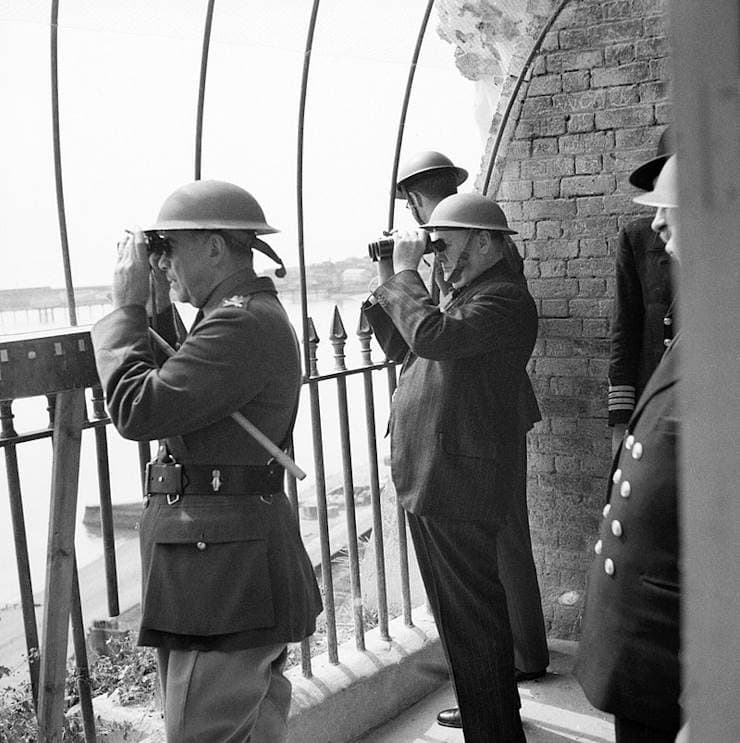
Other significant plans which culminated in the shadows of the medieval fortress was the bombing campaign launched against major German industrial hubs such as Hamburg and Dresden.
Dover Castle had thus become an HQ for operational and logistical management, stationed strategically on the edge of the south east coastline, it served as a nerve centre throughout the entirety of the war, helping to determine some of the biggest decisions and execute the most complex operations of the conflict.
One of these included Operation Fortitude which was part of the wider deception stratagem known as Operation Bodyguard.
Designed primarily as a disinformation campaign to protect the preparations for the D-Day landings, the espionage network was extensive and required vast and elaborate schemes in order to divert the Germans attention away from the real preparations that were being made for the imminent invasion of 1944.
Operation Fortitude was partially co-ordinated and arranged from the underground labyrinth at Dover Castle where intense logistical details were implemented.
Sub-divided into Fortitude North and Fortitude South, plans involved fabricating field armies that were stationed respectively in Edinburgh and in southern England. Whilst Fortitude North worked on creating the false narrative of a military unit stationed in Scotland with designs on Norway, Fortitude South focused on the faux landing site of Pas-de-Calais.
Both plans would work in conjunction with one another, helping to convince the Germans that their plans were based on other locations, not the real one, which was Normandy.
Thus, Dover Castle became the epicentre of such plans as Fortitude South which was focused on Pas-de-Calais being the main target of the Allied invasion. The castle played host not only to the real life espionage network which were hard at work below but also was used as the hypothetical centre of the fake 1st U.S Army Group (known as FUSAG). As part of the wider plan, radio signals were broadcast from there, designed purposefully to mislead and divert attention away from the real plans.
This level of deception had first been pioneered in Cairo earlier in the war by Brigadier Dudley Clarke and his “A” force. Many of the tactics and techniques developed by Dudley (who was a pioneer in the field of espionage), were later used in Operation Fortitude. Some of these ideas included combining physical deception through fake constructions as well as misleading radio activity and the use of double agents to feed incorrect information back behind enemy lines.
For Operation Fortitude, three main agents were used including Juan Pujol García (Garbo) who created a fictional network of 27 agents. In addition to Pujol was Polish officer Roman Czerniawski (Brutus) who had operated from occupied France. Thirdly, there was a Yugoslav known as Dušan Popov (Tricycle), who disguised his clandestine activities via an opulent and promiscuous lifestyle.
The main narrative of Fortitude South was that FUSAG was preparing to invade Pas-de-Calais and would do so after an initial diversionary invasion tactic.
The FUSAG were stationed in the southeast of England and were headed by the famous American military man, General George Patton. Known to have been feared by the Germans, Patton seemed to be a good choice for cementing the idea that a major assault was in the pipeline.
In order to enhance the illusion of this impending assault, the physical deception took the form of dummy landing craft constructed out of empty barrels and a range of materials designed to look convincing from the air. These would then be deployed in the area surrounding Dover, in the harbours and estuaries. Moreover, dummy vehicles such as tanks were also scattered around the south east coastline, mimicking a build-up of army machinery.

The other component to the plan was the transmission of radio deception, with fake messages being “leaked” out by double agents, making the Germans aware of the FUSAG preparations for imminent invasion of Pas-de-Calais.
Some soldiers, predominantly from the Canadian Army, were however stationed near Dover, with many operating as signallers, sending out false signal traffic. Some of these transmissions would have been sent from the tunnels hidden underneath Dover Castle.
In fact, a signal centre code-named Q Dover operated in the tunnels, playing host to an enormous amount of activity in the spring of 1944. British and Canadian troops worked on sending coded fake messages across Britain, imitating the communication of FUSAG. This work was encoded, complex and required round the clock commitment. There was no time to waste and not a moment could be spared whilst the real invasion was just around the corner.

The success of Operation Fortitude South was reflected in the subsequent German military manoeuvres whereby they decided to hold back their units from Normandy, despite the D-Day landings of 6th June 1944, because they still believed that it was a diversionary tactic. The German expectation was that Pas-de-Calais was the real invasion and thus, the Allies had bought some significant time in Normandy before the Germans could realise that reinforcements were required.
Moreover, the Allies came into possession of a decrypted transmission from the Japanese which relayed a conversation with Hitler, demonstrating that the Nazi leader had believed the faux operations were being planned against Norway, southern France and the Mediterranean. The belief that the Allied forces were about to launch their main attack from Dover across to Calais had been swallowed by German intelligence and Hitler himself.
Operation Fortitude was a success as it helped to deter, distract and manipulate enemy decision-making with great effect.
Operating in clandestine conditions, Dover Castle played host to a significant and defining moment of the Second World War, an intelligence operation which helped simulate the necessary conditions to maximise the success of D-Day landings and ultimately begin the final fight for victory and liberation from tyranny.
Jessica Brain is a freelance writer specialising in history. Based in Kent and a lover of all things historical.
Published: 4th June 2024



